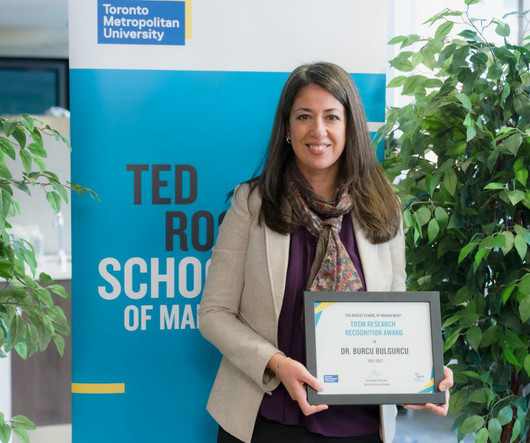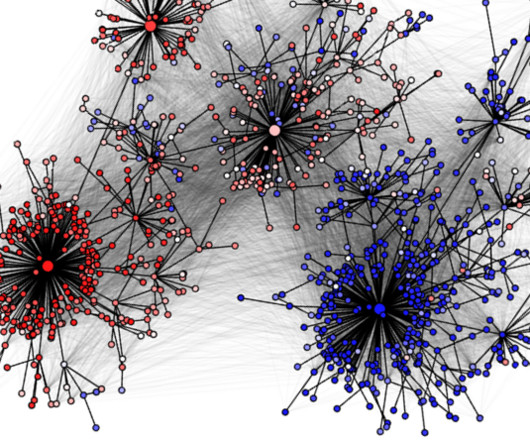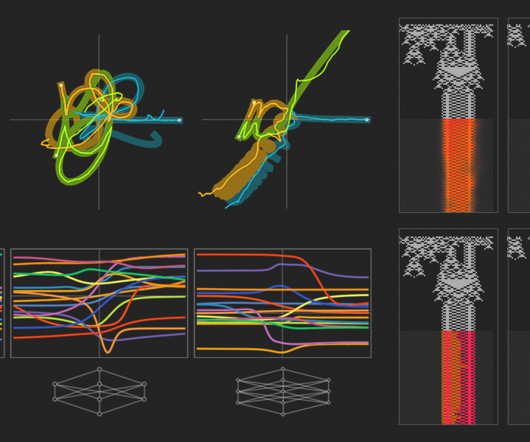Cyber security for the AI age
Futurum
OCTOBER 12, 2023
Talk like a cyber security expert Cyber security — the protections and measures taken against digital threats, namely cyber criminals Generative AI — artificial intelligence that is capable of generating media (such as text or images). Cyber security breaches are rarely due to issues with the cyber security technology itself.
















Let's personalize your content